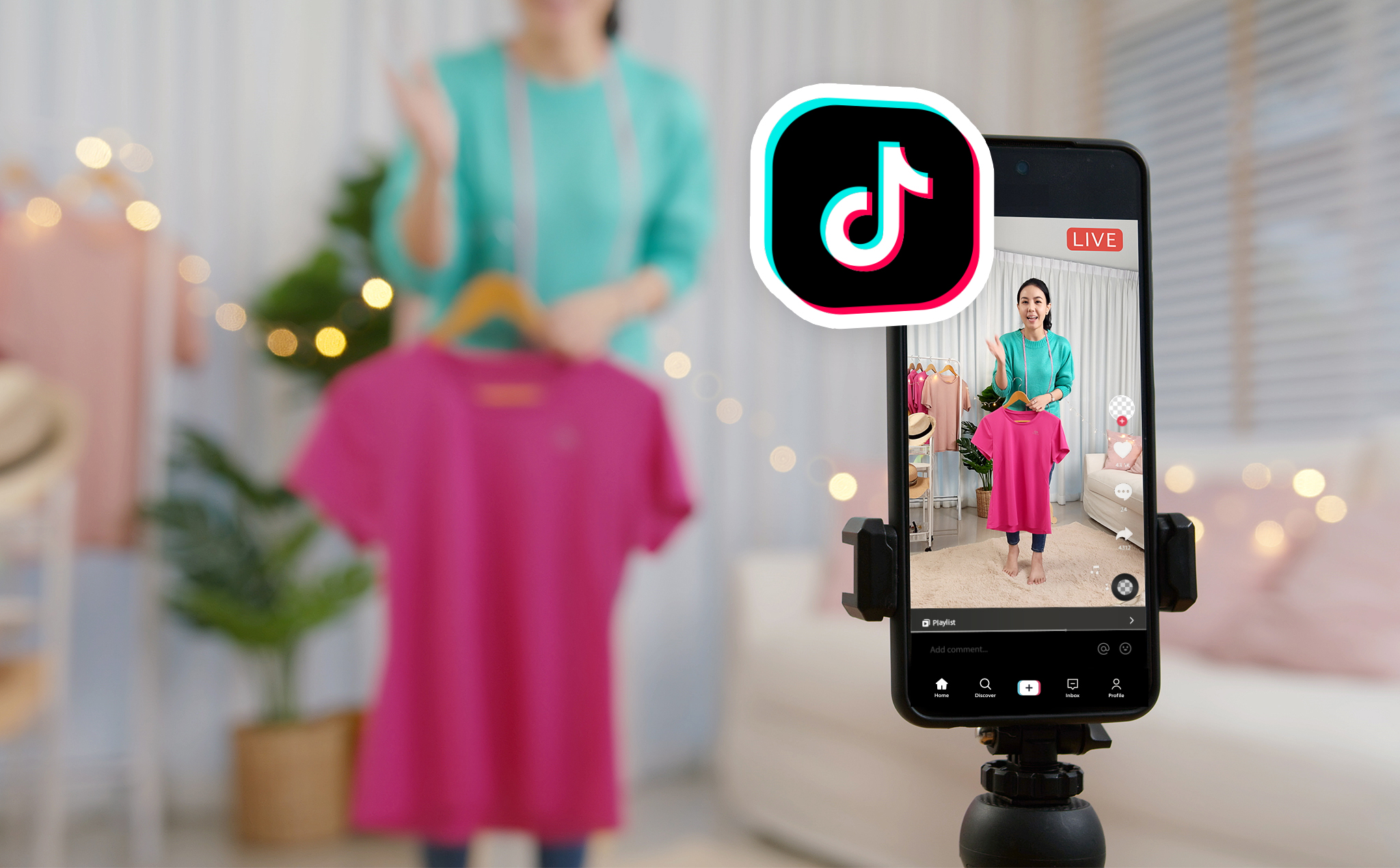 Five articles that have us buzzing this week
Five articles that have us buzzing this week
TikTok dethrones Google as most visited website
Despite a few road bumps in 2020 due to data security concerns, TikTok has become the most popular web address in the world. TikTok’s popularity skyrocketed last year by reaching 1 billion monthly users, dominating headlines, and entertaining consumers who’ve embraced its short-form videos designed to go viral. The buzzy app has doubled down on privacy, ad-measurement, and eCommerce since 2020 and has become a key digital driver of culture during the pandemic. As brands begin to ramp up social media budgets in 2022, we recommend embedding TikTok into your strategies to grab the attention of younger customers hungry for creator-produced video content.
5 Performance Marketing Trends to Watch in 2022
Finding the right marketing approach can be challenging as consumer preferences continue to evolve with generational factors and emerging opportunities. Based on AdWeek’s Marketing Trends to Watch in 2022, we think our brands should keep close tabs on multi-payment options, monetization on TikTok, and subscription delivery services. Customers expect various payment options to be at their fingertips as they hit “buy now,” TikTok has grown and proven to be a worthy competitor against the top social platforms, and organizations that used subscriptions delivery services as a model during the pandemic were the biggest winners through several supply chain strifes. Adopting these three strategies into the marketing mix will benefit B2C brands, helping them remain flexible with the current environment and enabling them to come out ahead.
Here’s How Meta Is Changing Facebook Ads Targeting for 2022
Meta will remove the Facebook Ads audience targeting across four categories in two weeks to hold up to its promise to scale back advertiser targeting settings. Marketers rely heavily on granular targeting to help create personalized experiences for valuable user interaction. Still, there is some rising sensitivity from individuals who prefer not to be identified online by their affiliations and characteristics. The good news for everyone is that Meta will remove niche and sensitive segments that are rarely used and include Health Causes, Sexual Orientation, Religious Practices and Groups, and Political Beliefs. However, the bad news is that we see this update affecting our brands in the Religious Organization Industry, including houses of worship, universities, schools, and centers, who use this type of data positively to target their audiences.
Five campaigns that leveled up mobile tech in 2021
With interest in the metaverse growing, many brands have adopted technology into their marketing mix and have ventured into virtual worlds. A few brands that recently established a virtual reality in the metaverse with a hybrid approach include Reese’s, Pokemon, Chiptole, Lifewtr, and Reebok. All brands have shown their savviness by blending digital content with the real world. Still, our favorite would have to be PepsiCo’s Lifewtr brand that unveiled a multichannel approach featuring singer/influencer Doja Cat. It’s a great example of how a consumable product can come to life and gain massive attention from consumers with an experiential campaign during the pandemic with digital interactions.
How AI is changing music as we know it
Usually, when we think of Artificial Intelligence (AI) creating art, it’s making something bizarre or unintentionally hilarious. Today, it’s no longer just movies and social media being influenced by machines. AI is the latest tool for recreating the magic of successful pop groups with elusive music to sound like the Beetles, Nirvanna, and Jimmi Hendrix. The use of AI in music is still tiny but likely to grow as more entertainers use it to create music from scratch or entire albums. Although the trend of AI could be risky for recording studios, it’s a tool that offers cost savings and the process of music creation to more artists and marketers. A hit written by AI could likely happen in the next couple of years, if not sooner.

